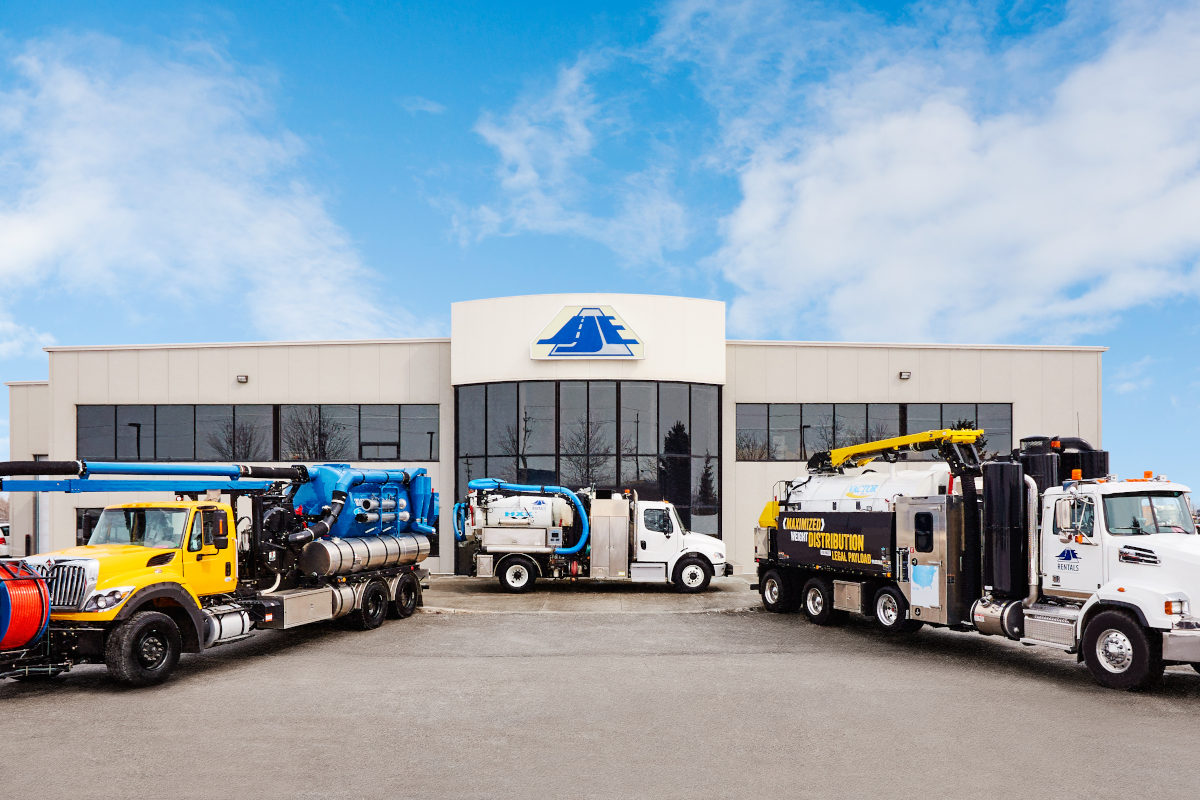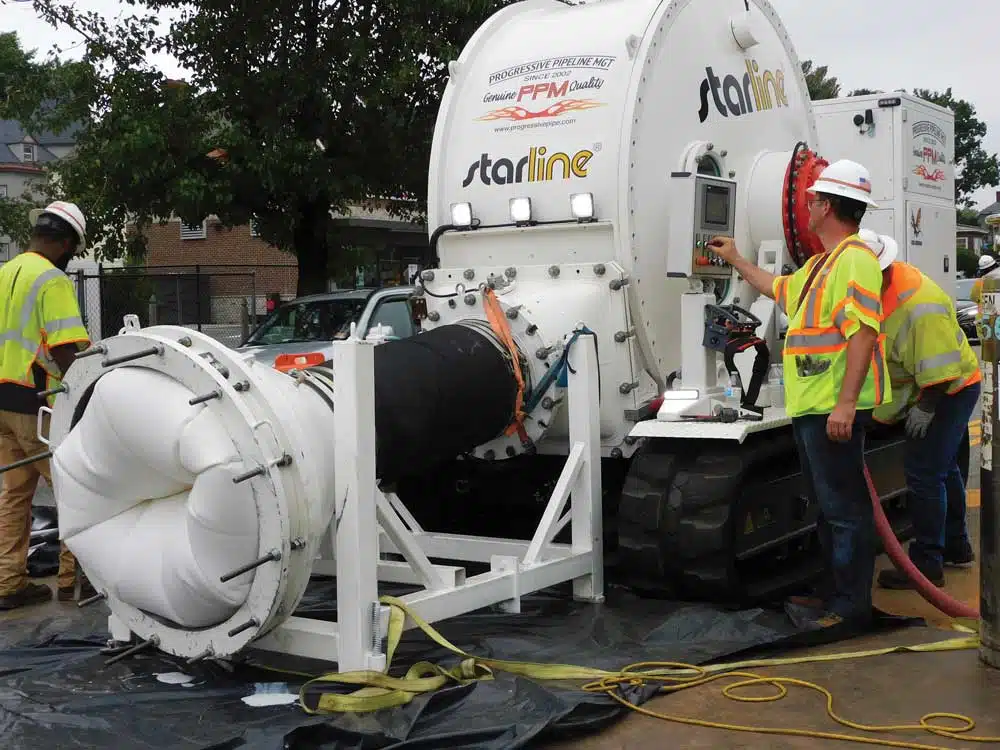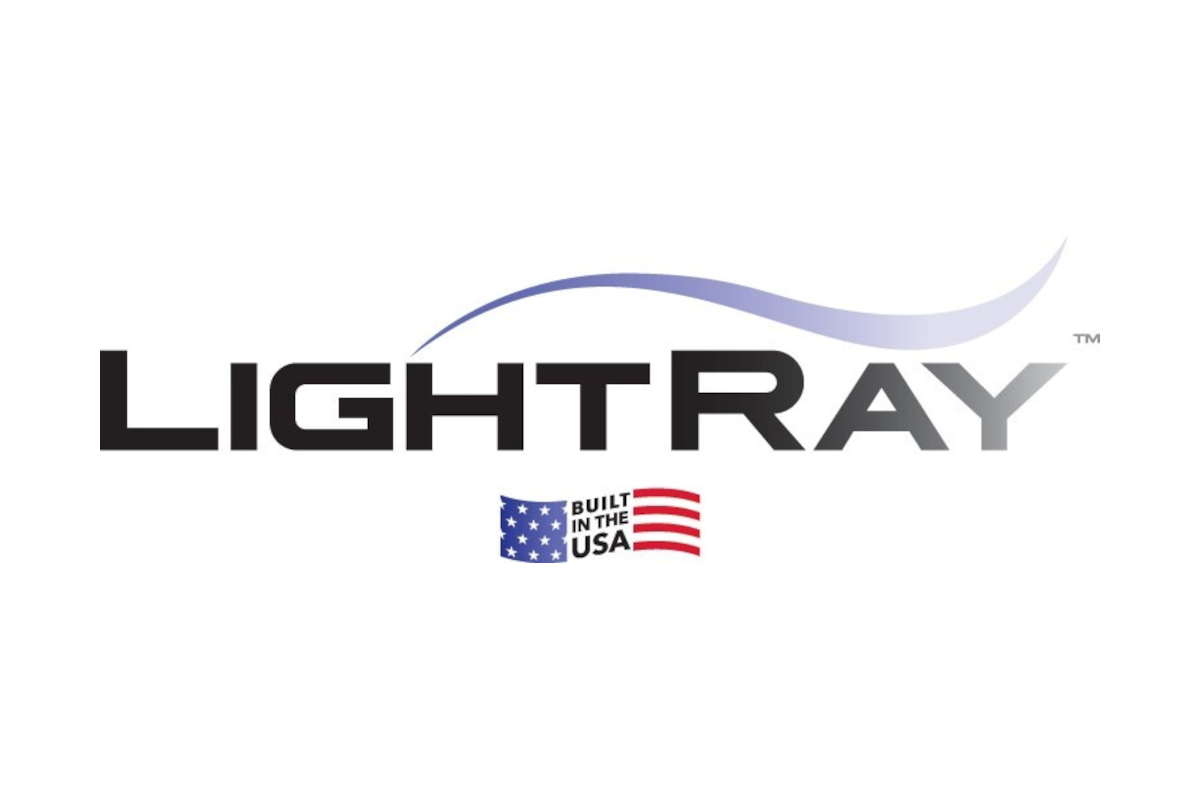
NCPI Updates ‘Vitrified Clay Pipe Engineering Manual’
September 22, 2015
 The National Clay Pipe Institute (NCPI) recently announced the print publication of its new “Vitrified Clay Pipe Engineering Manual.”
The National Clay Pipe Institute (NCPI) recently announced the print publication of its new “Vitrified Clay Pipe Engineering Manual.”This reference, published by NCPI, contains engineering reference data applicable to the design and construction of sanitary sewer systems. Included is information on hydraulics of sewers and drains, sewer pipe selection in relation to corrosion, structural analysis and design of rigid conduits underground and trench load tables based on Marston’s formula. Jeff Boschert and Amster Howard presented an overview of those changes at ASCE Pipelines 2015.
Check out this story on vitrified clay pipe and the trenchless industry.
In 2014, NCPI introduced the first update made to the “Vitrified Clay Pipe Engineering Manual” in several years. The update was available online for download. Since that release, NCPI supporters offered additions and edits and those suggestions were incorporated. Those who downloaded the manual last year should download the current version to receive the updates.
Recent revisions to ASTM C12 were an important part of the improvements to the new manual. The updates to the standard in 2014 were more extensive than the norm. Other updates include curvilinear sewers, tapping an existing line, additional maintenance and cleaning information and updated illustrations
NCPI is grateful to those who have suggested edits or ways to make this a more useful tool. Those who notice any changes that might be helpful to other users, or if there is additional information a user would like to see, contact Boschert at 314-229-3789 or info@ncpi.org.
Follow this link to the NCPI website to download the updated manual.
 In addition to the manual, NCPI announced that the second edition of “Pipeline Installation” by Amster Howard is now available.
In addition to the manual, NCPI announced that the second edition of “Pipeline Installation” by Amster Howard is now available.“Pipeline Installation 2.0” has twice as much content, including case histories from the author’s experience. The new 640-page, hardcover book has more illustrations and examples than the 1996 edition.
The book emphasizes that a buried pipe is a soil-pipe interaction problem. The solution is the best combination of pipe strength and soil support that results in an efficient, economical, and enduring pipeline. The solution is only effective if the pipeline is constructed as designed. This book promotes proper installation practices.
To find out more, or to get one for yourself, visit the “Pipeline Installation” page of Howard’s website.




